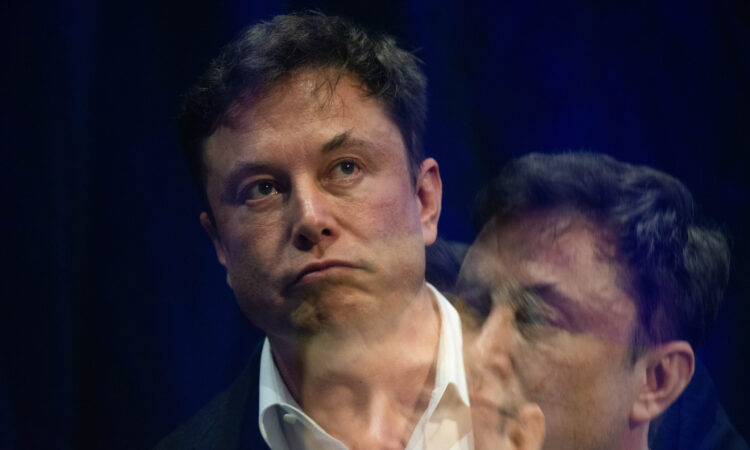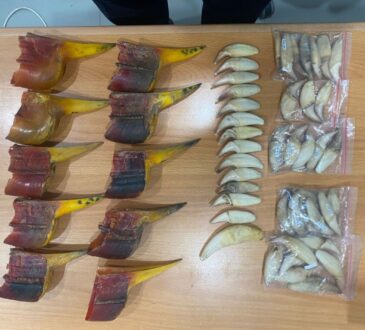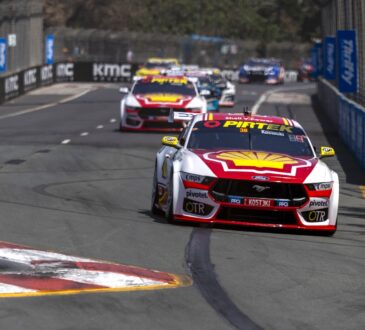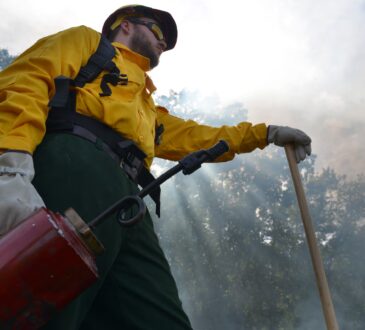Why has Musk’s Boring Co. quietly been buying real estate along Las Vegas Loop?

The Boring Co. is snapping up real estate along planned extensions of its underground Las Vegas Loop in what some observers say is an investment with unclear prospects of a return.
Subsidiaries of the Boring Co. have purchased eight properties along the Las Vegas Loop, a privately operated underground transportation network spearheaded by billionaire Elon Musk, since the project opened in 2021. They’ve also purchased a single-family residential property outside of the Loop’s proposed path.
Although purchases have been reported individually, the analysis by investigative journalism support group Sunlight Research and The Nevada Independent reveals the full scope of how the Boring Co. is building out a real-estate network along the path of the Loop.
Las Vegas is the only place where the concept is up and running, and with just over 4 miles of operational tunnel in four years, the buildout has been far slower than the company first predicted.
Object Dash, an affiliate of Boring Co., bought six of those properties — including an old tapas bar, a former hemp and CBD retailer as well as two vacant lots, one of which the company hopes to turn into a 132-unit residential building. Last month, Object Dash also bought a plot of land next to the airport.
Officials from Boring Co. did not comment on their business plans before the publication of this article. But the strategy of planning new development along transportation routes is not unusual: Transit-oriented development is an established urban planning concept that places residential and commercial developments around transportation hubs. The idea is that people shop, live and work near areas they can easily get to with public transportation.
However, while some experts say these real estate properties are a part of a longer-term plan — Musk is known for all-encompassing projects that can span years — others say the Vegas Loop is still in such a rudimentary stage that it’s premature to predict what its chances of success might be.
“Research does support that there is value in being near transit, but it’s always public transit, not a private subway system,” Nicholas Irwin, a UNLV economics professor who specializes in housing, said in an interview. “I would push back on the idea that this is a [mass] transportation network.”
The Loop started as a connector for buildings in the Las Vegas Convention Center campus and has since expanded to Resorts World, Encore and Westgate resorts. Marketed as “public” transit, the company has proposed 68 miles of tunnels and 104 stations while promising to serve 90,000 passengers per hour between stops that include downtown Las Vegas, Harry Reid International Airport and Allegiant Stadium “with transit times between 2 and 8 minutes,” according to their website.

Four passengers can be transported at a time in the Loop’s five-passenger Tesla cars. There has to be a driver in the car, as the vehicles’ cameras go out of calibration in the tunnels and are unable to support automated driving, according to a Tesla fan who was invited to ride the Vegas Loop by Boring Co.
According to Irwin, the Loop does not meet the definition for a mass transit system, citing high costs and limited ability to move large groups of people. Right now, Loop tickets cost $4.25 for a single ride, $7 for round-trip, and $12.50 for a day pass. The Regional Transportation Commission (RTC) of Southern Nevada’s bus system in Las Vegas is marginally cheaper, with $4 for a single ride, $6 for a two-hour pass and $8 for a 24-hour pass.
Irwin said there were too many “ifs” involved in the Vegas Loop project.
“It could be incredibly profitable and it could lose billions of dollars, and there’s a lot of range in between,” he said.
Alan Adamson, a brand expert and co-founder of the consulting firm Metaforce who has written about Musk’s business strategies, said controlling multiple aspects of a project is part of his modus operandi. In this case, Musk and subsidiaries of his companies are not just creating the Loop, but also supplying vehicles for the project and buying real estate near the stations. According to Adamson, it’s this kind of foresight that has made Musk so successful.
“This is absolutely consistent with how Elon operates across his portfolio. He doesn’t just build products, he builds entire ecosystems. Look at Tesla’s Supercharger network or SpaceX’s launch facilities,” Adamson said via email. “Buying real estate along The Boring Company’s routes is the same playbook … control the entire value chain.”
Adamson said the idea of tying real estate development to the project made inherent sense, as residents living near Loop stations would be interested in seeing the project to completion. The proposal for the residential property bought by Boring Co. includes fewer parking spaces than standard requirements — 24 instead of 189 — with the idea that residents would use the Loop instead of driving their own vehicles.
“If you build an apartment complex along one of your routes, then people are living there and those people want transportation,” Adamson said in an interview. “They have more of a stake in seeing the project completed.”
Progress on the tunnels has been slower than anticipated because of permit delays and other setbacks. Recent reporting from ProPublica shows that the company has received nearly 800 environmental violations related to the Loop project while dozens of workers have been injured.
In 2022, then-Boring Co. President Steve Davis told the Las Vegas Review-Journal it was expecting five to 10 stations to come online within the first six months and another 15 to 20 each year after that. There are eight operational stations today, five more than when it opened, and it is expanding at an average clip of 1.25 stations a year.

On Oct. 9, the Nevada Transportation Authority approved a Boring Co. application to bring its Teslas above ground, though vehicles must at some point travel through a Loop tunnel and are limited to traveling no more than 4 miles aboveground. The move would potentially expand the Loop’s network without having to conduct costly digging, but it could disrupt Las Vegas’ transportation economy — several taxi drivers spoke at the authority meeting earlier this month to protest the change.
One open critic of the Loop is Ray Delahanty, a former traffic engineer and urban planner who now runs the YouTube channel “City Nerd,” which tackles issues related to housing and transportation in urban environments. He told The Indy he isn’t surprised the project is taking longer than anticipated.
“In retrospect, it was never in the realm of possibility,” Delahanty said of the initial promises of the Loop. “[The pace] should be no surprise to anyone who has ever been involved in any kind of public infrastructure project.”
Delahanty said transit-oriented development usually centers around heavy or light rail projects that have the capacity to transport large numbers of people. The Loop has served 3 million passengers since it opened — a number that some metro systems across the country are handling on a monthly basis. Boring Co. has not made its average daily ridership public, though their website said they could handle 32,000 people in one day.
“The thing is, I haven’t seen anything regarding the Vegas Loop that has anything like the capacity of even a bus rapid transit system,” Delahanty said. The Las Vegas’ RTC bus system has a weekly ridership of more than 170,000 passengers, or roughly 680,000 a month. “I see it more as an express tunnel for taxis.”
Logically, Delahanty said planning new development around the system makes sense. Logistically, he said planning residential or commercial developments around the Loop’s stops seems hasty.
“The Las Vegas Loop operation just doesn’t turn a profit,” Delahanty said. “The network they have is so meager at this point so it’s hard to draw any conclusions.”
Delahanty also said the Loop’s prices are too high for the service provided, pointing to his own experience when he had to wait 20 minutes for a ride the last time he took the Loop.
“I probably could have just called a regular Uber up on the surface or honestly just walked wherever I was going faster,” Delahanty said.
Sunlight Research Center’s Michael Nolan and Seraphina Harris-Feron provided research and data analysis.



